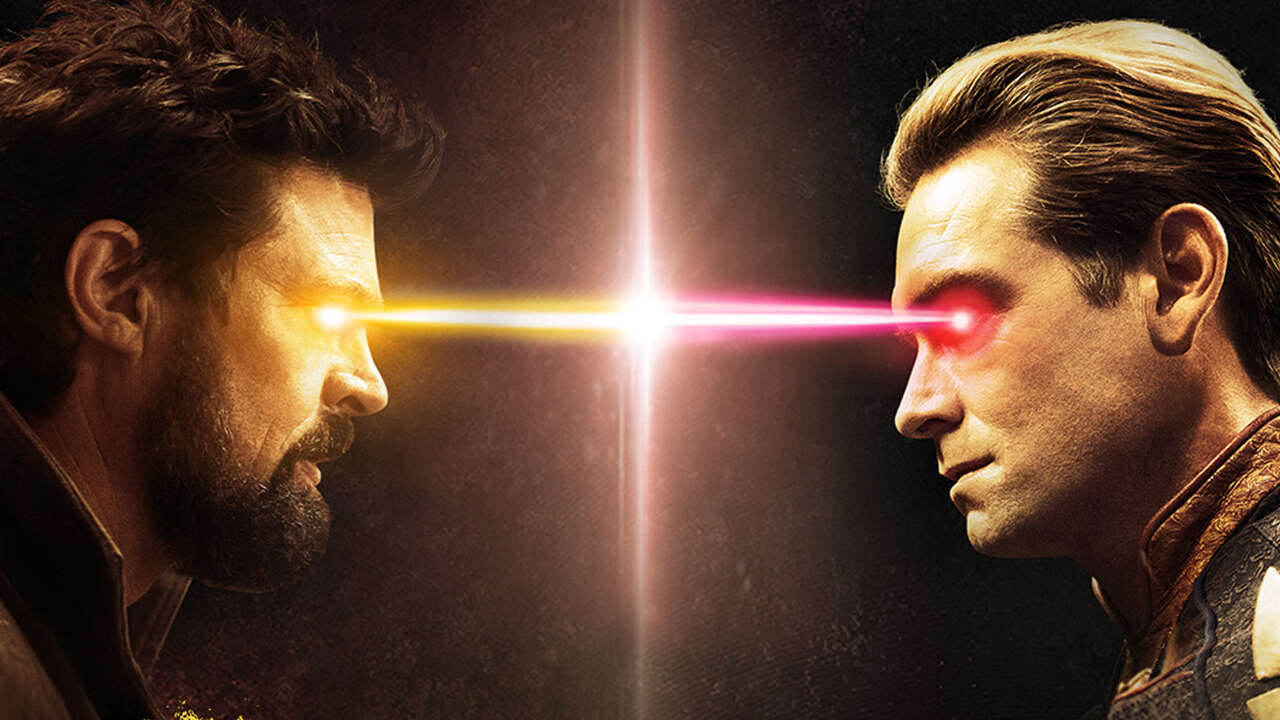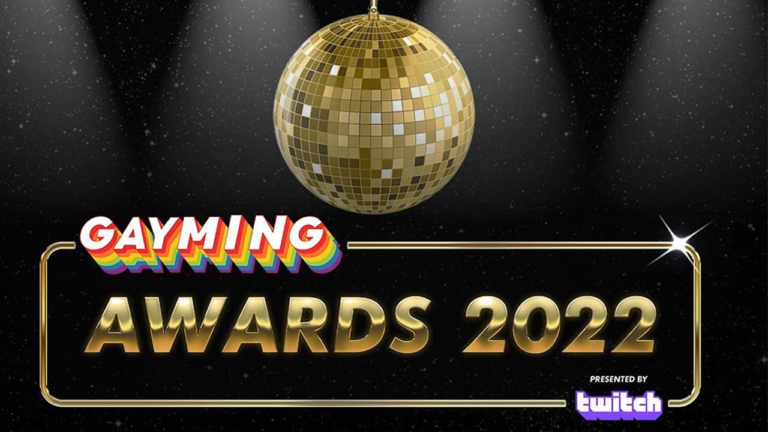Rumbleverse Review – IGN
Much of the joy from any good battle royale is derived from the feeling of making big plays, and hoo boy! If there’s one thing that Rumbleverse is good at, it’s setting you up for opportunities for big plays. The latest from Iron Galaxy Studios (the developers of Divekick and seasons 2 and 3 of Killer Instinct) Rumbleverse is a free-to-play, melee-driven battle royale with a very Fortnite’y, but nonetheless charming cartoony artstyle, infused with all of the pomp and grandeur of professional wrestling. One moment you’ll be Irish-Whipping an opponent into a wall for a brutal wall combo, the next you’ll be chokeslamming bodies off of skyscrapers, and occasionally giant-swinging them into the ocean. It’s silly fun at its best, and while there are several painful moments in the form of slow matchmaking, a variety of latency-related bugs, and a shop that feels a bit understocked and pricey compared to what the competition offers (at least right out of the gate) Rumbleverse is nonetheless one of the most unique battle royales in recent memory and a breath of fresh air in a crowded genre.
The basics of Rumbleverse will be familiar: 40 players drop into a humongous map, scrounge around to find loot, and then battle it out, until there’s only one person remaining. But Rumbleverse isn’t content to copy and paste its gameplay, and so it tweaks just about every element of that well-established formula in interesting ways.
For one, there’s no traditional gear or inventory – no guns, no armor, no grenades, and no hyper-specific attachments or augments to manage. Instead, you fight with your fists, feet, and whatever street signs you can rip from out of the ground. (There’s still some loot to gather: rather than searching out gear, you collect stat-increasing protein powders that buff your health, stamina, or damage; and also gather skill manuals that teach you a variety of special moves.) The thing I love about this is that Rumbleverse completely avoids that feeling of helplessness that almost every battle royale has at the start of a match when you’re stuck without a weapon. It makes early engagements so much more fun when you drop into a hot starting area – you don’t have to just immediately run off and try to find the nearest weapon to defend yourself. Some of the most fun I’ve had is dropping on the giant trophy statue and trying to knock everyone off right at the start in order to claim all the high-value loot lying on top. It feels like a mini victory on its own.
“
The hand-to-hand combat moves are largely straight-up adapted from between the ropes of a WWE match – your mist spits, chokeslams, and superkicks, just to name a few – but then there are a handful that draw inspiration from the world of video games. There’s the classic Izuna Drop from Ninja Gaiden, a WWF No Mercy-inspired low blow that can be used as reversal from off the ground, and an aerial flipping kick called the “Wreck’t Shot” which, well, if you don’t know where that’s from you need to brush up on your PS2-era JRPGs.
Ready to Rumble
It certainly tracks that Rumbleverse’s developer is partially responsible for one of the best fighting games of the last decade in Killer Instinct, because it’s very easy to see the fighting game sensibilities at the heart of Rumbleverse’s combat. The fighting revolves around largely the same kind of rock, paper, scissors system that most fighting games adhere to: Guarding beats strikes, grappling beats guarding, and strikes beat grapples. There is, of course, added nuance thanks to the addition of special attacks, weapon attacks, power attacks, and super moves, but by and large, Rumbleverse’s combat system is very easy to understand even at just a glance.
“
But there’s so much more to it than just that, and mind games are at play in just about every interaction. Do you rush in with a risky dropkick and hope that they do practically anything other than just block? Do you rush in and then roll to try and bait out an attack? Just like any good fighting game, Rumbleverse always keeps my brain firing at full speed in every single encounter, and the feeling of outplaying your opponent by reading and appropriately responding to their actions is just the best.
Even outside of the mental aspect of the combat, the actual mechanics are top notch as well. You can spend stamina to dodge-cancel out of certain special move animations and pull off some super-slick combos, or tricking your opponent into thinking it’s their turn to attack; you can use charged attacks to stun enemies long enough to Irish Whip them into a wall, allowing you to continue into a wall combo, you can use a faster super move activation to combo into your super move; and the list just goes on and on. I felt like every time I played, I learned some sort of new technique that I had never known before. There’s just an incredible amount of thought that’s gone into every aspect of combat design.
“
Granted, Rumbleverse could do a better job of actually teaching this to us. The only tutorials are locked away in the Playground mode, which is part training mode, part tutorial, and needs to be queued into like a regular match. The info within it is great, but I can’t help but wish it was offline and that the tutorials within it could also be found elsewhere.
There’s currently only one map, but it is appropriately enormous and has a great variety of places to do battle in, each favoring a particular type of fight. Fighting along the coast makes you especially wary of throws, as a single giant swing or Irish Whip can send you flying off to an instant watery grave; fighting in the suburban neighborhood gives you opportunities to hide in the bushes to either recover or lie in for an ambush; and fighting in downtown Grapital City will make you always have an eye towards the sky out of fear of explosive flying elbow drops.
Extreme Rules
Rumbleverse has a couple of other twists on the typical battle royale formula tucked away in its tights. For one, it incentivizes everyone to get into scraps and put themselves at risk by rewarding them with random perks once they hit certain milestones of damage inflicted. These perks may not seem like much early on, and truthfully, I didn’t even notice them at all in my first couple of games, but they truly are difference makers if you have the means and the knowledge to put them to use. One will restore your health if you stand still for a period of time; another adds an explosive effect to your standard three-hit combo, making it capable of wall bouncing; and another still will add a follow-up dive-bomb attack to your dropkick, making it deal a bunch more damage. They strike a nice balance by being just powerful enough to give anybody using them an edge, without feeling like those without them simply don’t have a chance. They’re also just a nice randomized element that makes every round of Rumbleverse feel different.
Another big difference is that the ring that slowly closes in at timed intervals, shrinking the available play space, doesn’t actually deal any damage. Instead, in true pro wrestling fashion, staying outside the ring will initiate a countdown from 10, and if you’re caught outside when the count reaches zero you’re disqualified. I love this change, especially once things get down to the final few players and the playfield is so tiny that you can’t help but run out of the ring from time to time. It also creates some extremely tense moments where you just make it back in before the 10 count, or try to stop someone else from making it back in before they get DQ’d.
“
Unfortunately, while Rumbleverse impresses on a mechanical level, on a technical level it’s been struggling in its first couple of days since its launch. Apart from tedious queue times at start up, occasional server disconnections, and difficulties logging in, it also takes an extraordinarily long time to drop into a match, and more than a few of the matches I’ve played have been affected by latency to the point where it’s just not fun to play.
That said, there have already been steps made towards improvement as I continued playing over the launch weekend. The servers went from being nearly unplayable the first Saturday after launch to largely without issue by the very next day. The queue and matchmaking times are still longer than I’d hoped, but it’s at least a great sign for Rumbleverse’s continued health that the fixes that the developers are implementing are making noticeable differences.
Check out our Latest News and Follow us at Facebook
Original Source







